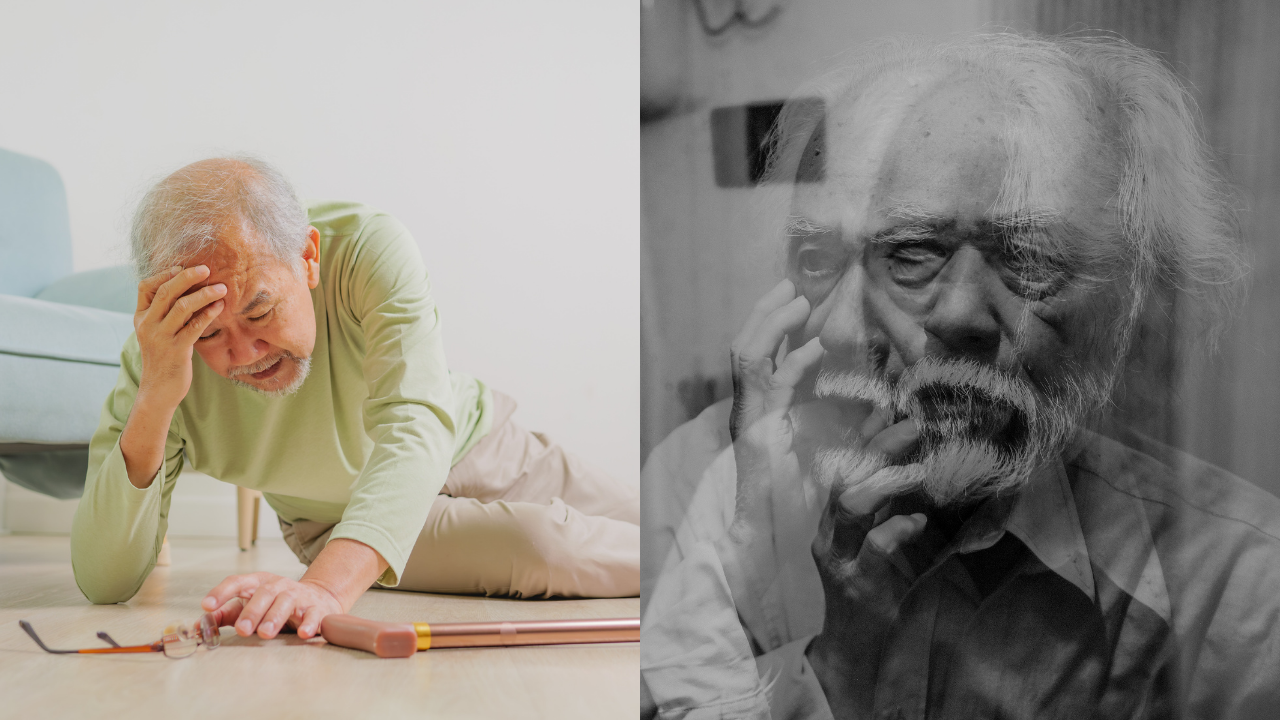-
news
-
Health
Is cold weather putting Parkinson’s patients at greater risk of falls?
Cold weather worsens Parkinson’s symptoms, increasing the risk of falls and complications like hypothermia. Dr. Gupta offers safety tips emphasizing home modifications to increase mobility and prevent injuries.

Image – Canva
Patients with Parkinson’s disease (PD) are particularly vulnerable to falls, with approximately 60% experiencing a fall annually and two-thirds falling repeatedly. These rates are more than double the rates reported for the general elderly population. Cold weather, snow, and seasonal infections can further complicate Parkinson’s disease. Falls in persons with Parkinson’s disease are associated with significant risks, including hip fracture, which occurs two to four times more often than in older persons of the same age without Parkinson’s. These events result in not only increased health care costs but also significantly reduced quality of life.
If you are wondering about the connection between cold weather and Parkinson’s, Dr. Praveen Gupta, Principal Director and Head of Neurology at Fortis Hospital, explains how temperature change increases the challenges faced by patients.
Connection between cold and Parkinson’s
Many physical activities depend on the normal functioning of muscles, neurons, and blood vessels. Dr. Praveen Gupta says that cold temperatures can restrict blood vessels and increase muscle stiffness. He explains, “Once your muscle has contracted, you may not be able to relax it, which can result in dangerous stiffness or loss of balance, increasing the risk of falls.” Cold conditions can aggravate the symptoms of Parkinson’s disease, increasing the risk of individuals falling.
Exposure to cold environments can impair the overall functioning of the body. Dr. Gupta highlights that people with neurological disorders like Parkinson’s are especially vulnerable to hypothermia, which occurs when the core body temperature drops below 95°F. “Such a low temperature is dangerous and can cause cardiac arrhythmias (irregular heartbeat),” he warned.
increasing security at home
To minimize the risks, it is essential to create a safe and accessible home environment for individuals with Parkinson’s disease. Dr. Gupta recommends several modifications to increase safety:
- Floors: Make sure floors are stable, non-slip, and free of excessive patterns. Maintain good lighting throughout the house to eliminate dark or shady areas.
- Walkways: Make walkways wide to accommodate walkers or wheelchairs, if necessary. Keep electrical wires and other obstacles away from walking areas to prevent trips and falls.
- Stairs and furniture: Check that stairs are in good condition, equipped with handrails and blocked for safety. Chairs should have armrests and adequate seat height for easy transitions from sitting to standing.
For the bathroom, Dr. Gupta emphasizes the importance of the following:
- Grab Bars: Install grab bars near toilets, tubs and showers. Avoid relying on towel racks or faucets as alternatives.
- Seating and accessibility: Use elevated toilet seats with armrests or nearby grab bars. In the shower, a sturdy bench with back support can make bathing safer and more comfortable.
He also recommends having a communication system or monitors in place to ensure help is accessible if needed. Such proactive adjustments can significantly reduce the risk of falls and provide peace of mind to individuals with Parkinson’s and their families.
Get the latest news live on Times Now with breaking news and top headlines from around the world.


